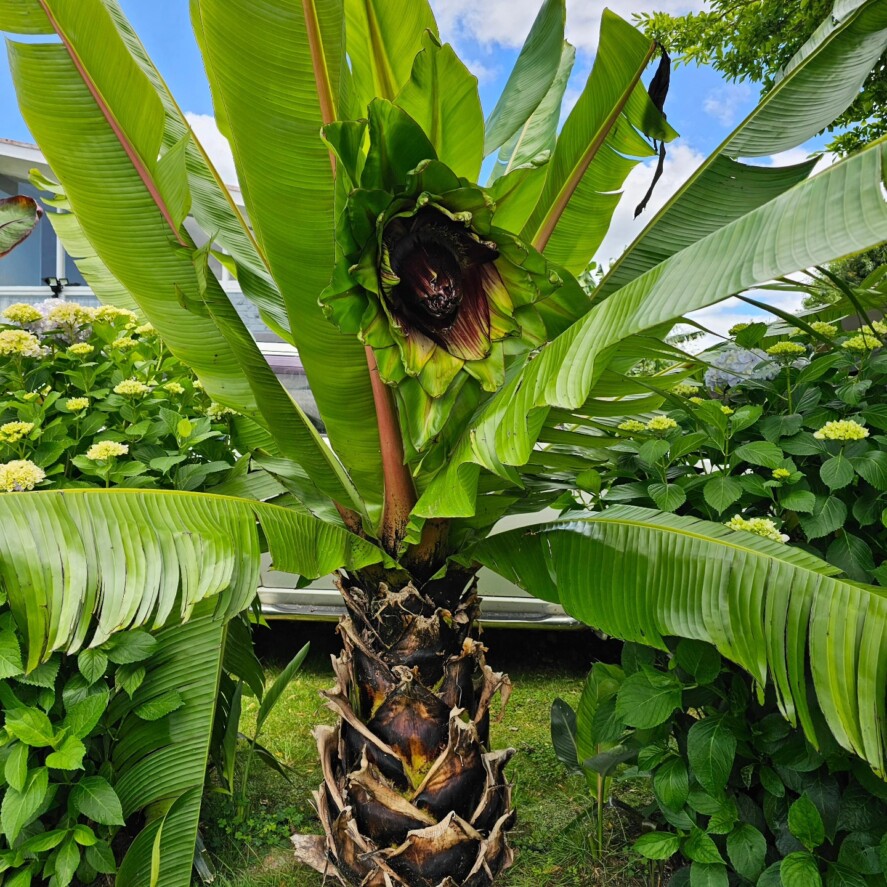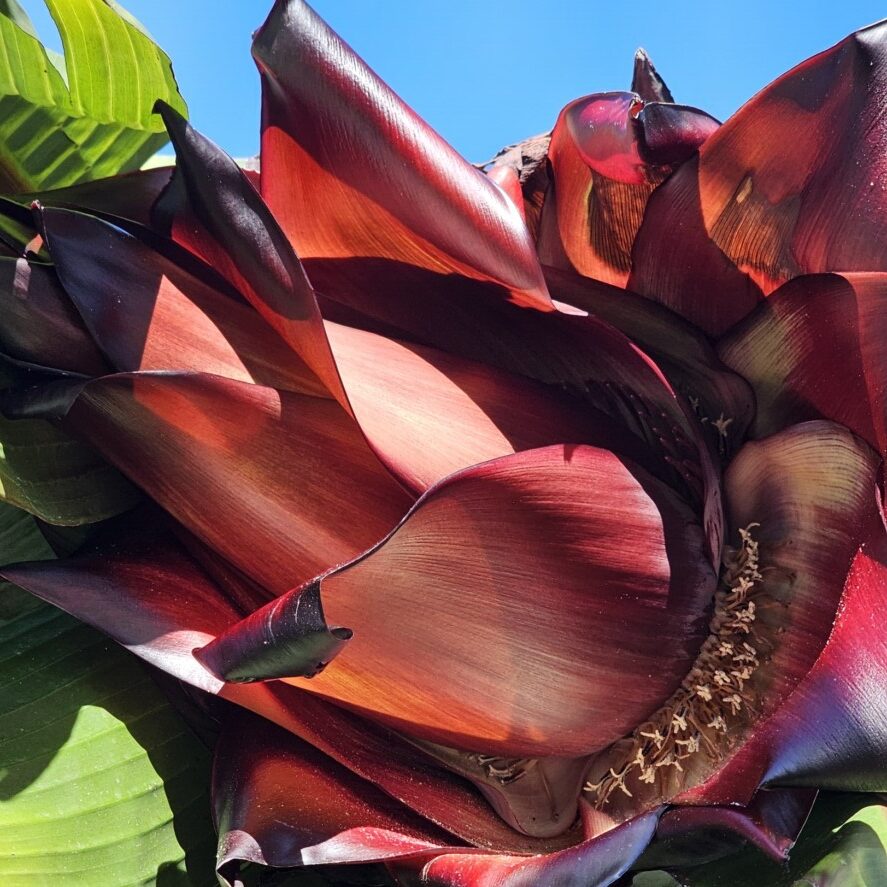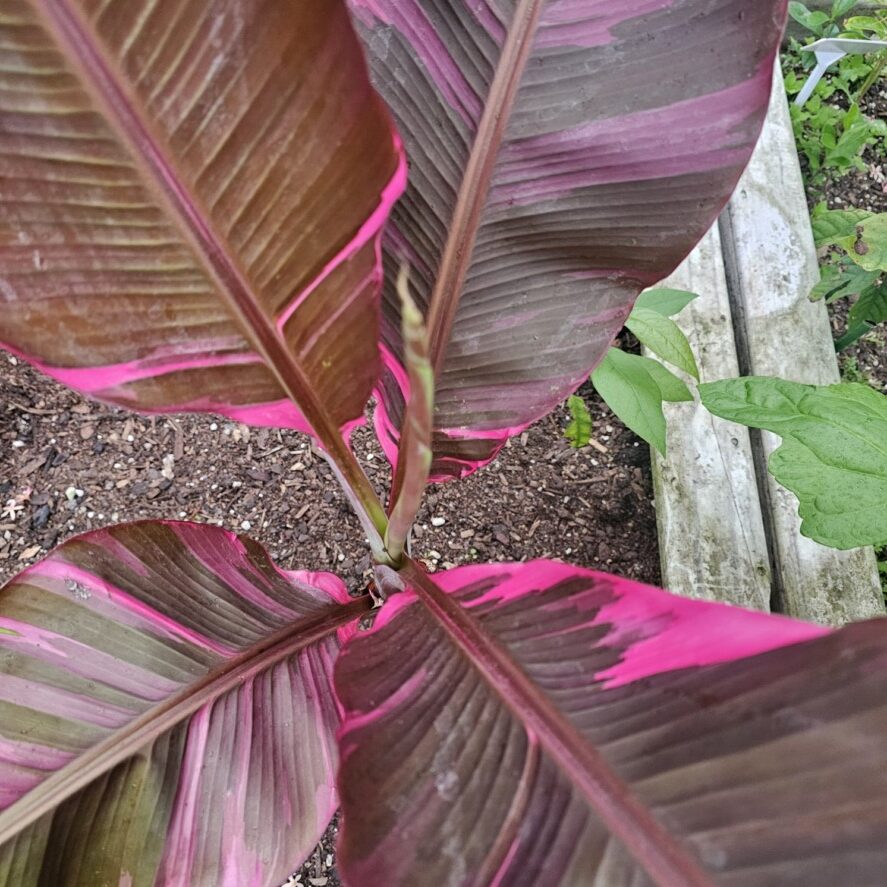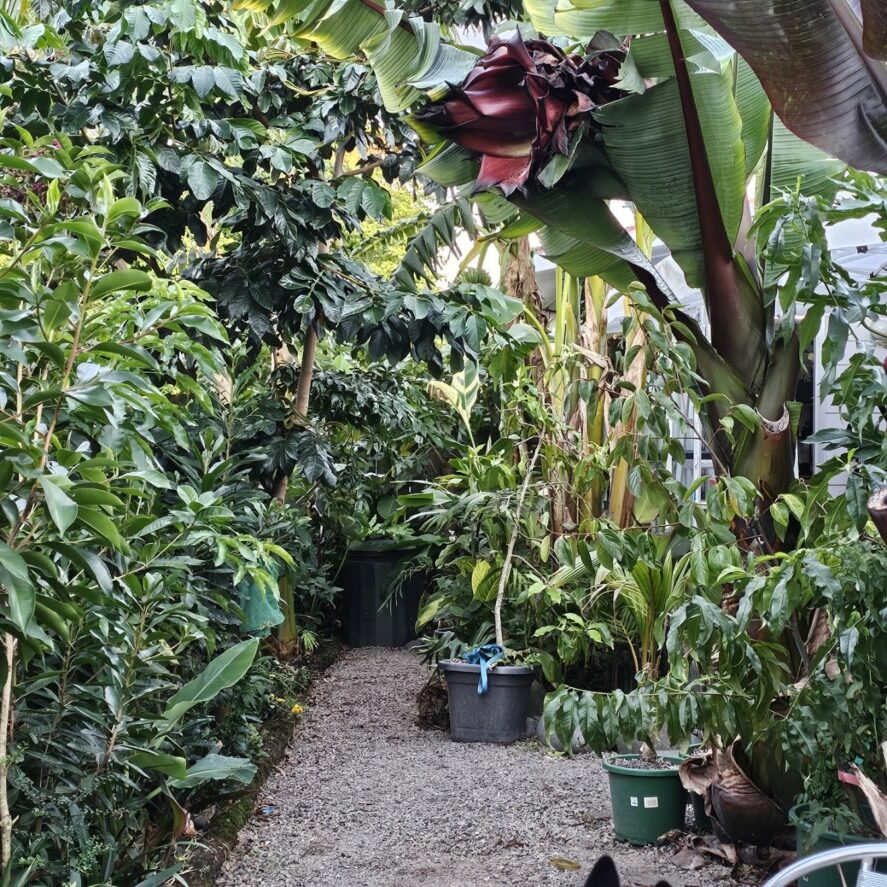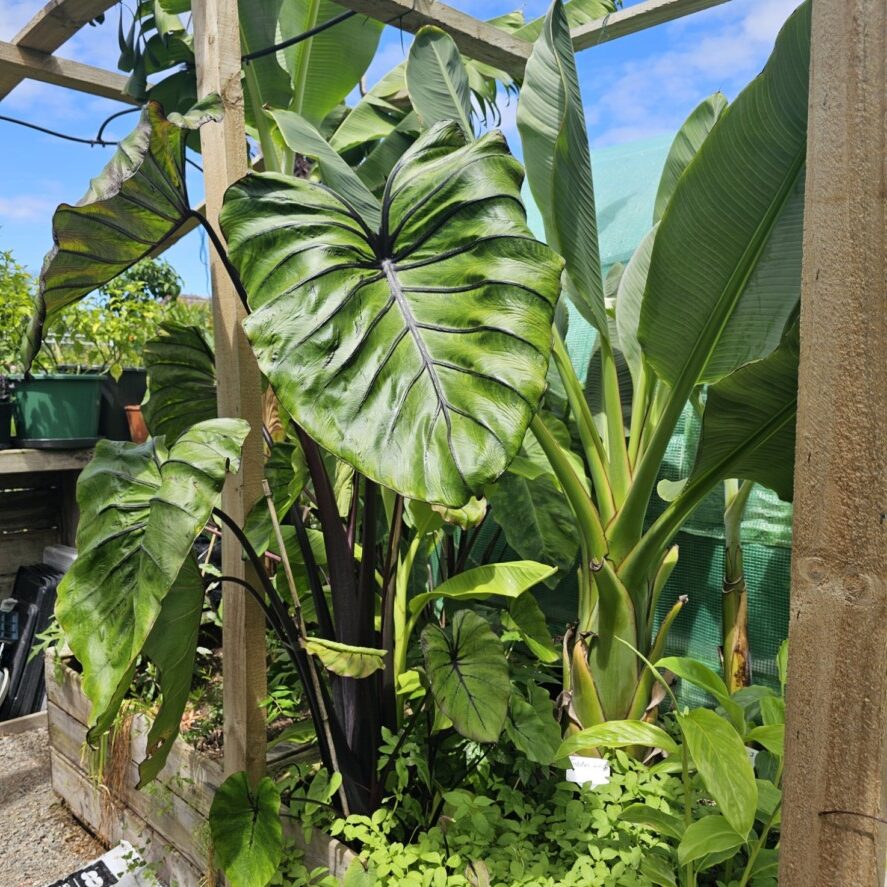-
Troppo Plant & Garden Articles
- Te Puke Region
- TROPPO’s Food Forest in Te Puke, BOP (www,foodforest.org.nz)
- Troppo’s Plant Collection
- TROPPO's Nursery Directory
- Food Forests of New Zealand (www.foodforests.nz)
- Nursery Map - Plant Suppliers of NZ Directory (www.nurserymap.nz)
- Kids Garden Corner
- New Zealand Garden Bird Survey
- New Zealand Garden Groups
- Delicious Recipes
Blueberry – Growing High-Yield, Sweet-Tasting Blueberries in Warm Climates
With the right techniques, you can successfully grow high-yield, sweet-tasting blueberries in warm climates. This blog post will guide you through selecting the best blueberry varieties for warmer temperatures, understanding their specific growing needs, and implementing effective care practices for optimal fruit production. By following these expert tips, you can cultivate a thriving blueberry patch that not only enhances your garden but also provides you with delicious, homegrown berries.
Climate Requirements and Site Selection
The successful cultivation of blueberries in warm climates begins with understanding your site’s climate requirements. Choose a location that receives full sun for at least six to eight hours daily to encourage optimal growth and fruit production. Blueberries thrive in temperate regions, so selecting a site with well-draining soil and protection from harsh winds will significantly improve your yield.
Temperature and Humidity Considerations
Climate plays a vital role in the production of berries, particularly in warmer areas. Your blueberries will flourish best within the following temperature and humidity ranges:
| Temperature Range | 60°F to 75°F |
| Humidity Level | 40% to 60% |
Soil Requirements and pH Management
Across various climates, the success of blueberry cultivation heavily relies on the right soil conditions. Blueberries prefer acidic soils with a pH level between 4.5 and 5.5. Properly managing this soil pH is necessary to ensure optimal nutrient uptake and plant health.
Consequently, you should regularly test your soil to monitor its pH and amend it as needed. Utilizing organic amendments like pine bark, peat moss, or sulfur can help lower your soil pH into the desired range. Additionally, maintaining good drainage is vital, as blueberries do not tolerate soggy roots. By following these guidelines, you can create an ideal growing environment for healthy and productive blueberry bushes.
Blueberry Varieties for Warm Climates
Any gardener looking to grow blueberries in warmer climates should focus on selecting the right varieties that thrive in heat. Southern Highbush and Rabbiteye are the two main categories of blueberries well-suited for these regions. By choosing the appropriate variety, you can ensure a bountiful harvest of sweet and delicious berries.
Southern Highbush Cultivars
Cultivars such as ‘Emerald’, ‘Jewel’, and ‘Gulf Coast’ are excellent options for southern gardeners. These varieties are bred to withstand warmer temperatures while producing large, flavorful fruit. The Southern Highbush blueberries bloom earlier in spring, allowing you to enjoy fresh berries sooner than other types.
Rabbiteye Blueberry Selections
Beneath the conventional blueberry choices lies the Rabbiteye variety, renowned for its resilience in warm climates. You can select from options like ‘Climax’, ‘Brightwell’, and ‘Premier’, all of which are known for their adaptability, productivity, and flavor. These plants generally have a higher heat tolerance and can thrive in more prolonged periods of drought, making them ideal for gardeners in southern regions.
Blueberry plants from the Rabbiteye selections require cross-pollination for optimal fruit production, so you should consider planting multiple varieties to enhance yield. Additionally, they exhibit robust growth and can adapt to a variety of soil types, provided there is good drainage. By incorporating Rabbiteye blueberries into your garden, you not only diversify your blueberry crop but also ensure a reliable harvest even in challenging warm climates.
Planting and Establishment
It is imperative to establish your blueberry plants properly to ensure a bountiful harvest. Choosing the right time for planting, ideally in late winter or early spring, allows the roots to take hold before the growing season begins. Ensure you select a site with well-drained, acidic soil and ample sunlight to promote healthy growth. Taking the time to plan your planting strategy will lead to future high yields of sweet, juicy blueberries.
Bed Preparation and Spacing
The proper preparation of your planting bed enhances drainage and aeration, vital for blueberry roots. Start by tilling the soil to a depth of at least 12 inches, mixing in organic matter such as compost or peat moss. Space your plants 4 to 6 feet apart to allow for their sprawling growth. This spacing prevents overcrowding and facilitates better air circulation, which is imperative for disease prevention and fruit development.
Mulching and Initial Care
Along with bed preparation, applying mulch helps maintain moisture levels and suppress weeds. Use pine needles, wood chips, or straw to create a 2-4 inch layer of mulch around your plants, but avoid piling it against the stems to prevent rot. This initial care sets the foundation for healthy blueberry growth and allows you to focus more on nurturing your plants during the critical early stages.
Further, paying attention to water needs during the first few weeks after planting is vital. Ensure that your blueberries receive adequate moisture, especially in warm climates where soil can dry out quickly. Regularly check the mulch layer and replenish it as needed to maintain its effectiveness. Additionally, consider applying a balanced fertilizer specifically designed for acid-loving plants to give your blueberries a nutrient boost as they establish.
Irrigation and Water Management
To successfully cultivate high-yield, sweet-tasting blueberries in warm climates, effective irrigation and water management practices are imperative. The soil’s moisture levels directly impact fruit quality, so it’s important to establish a consistent watering strategy. You should account for local weather patterns and adjust your watering habits accordingly to avoid stress on the plants, ensuring they thrive and produce a bountiful harvest.
Drip System Setup
Around your blueberry plants, setting up a drip irrigation system will provide targeted moisture to the root zones, optimizing water usage. This method minimizes evaporation and runoff, ensuring better absorption by the plants. Make sure to space your drip lines evenly, and use emitters with an appropriate flow rate for optimal results.
Watering Schedule and Monitoring
Irrigation practices should include a regular watering schedule and careful monitoring of soil moisture levels to achieve the best results for your blueberry plants. You may want to consider watering early in the morning or late afternoon to minimize evaporation.
In addition to establishing a watering schedule, it’s beneficial to monitor your soil moisture frequently. You can use a soil moisture meter or simply check the soil with your fingers to determine when it’s time to water. By ensuring consistent moisture without overwatering, your blueberries can flourish, leading to sweeter and more abundant fruits.
Fertilization and Soil Amendments
Once again, providing your blueberry plants with the right fertilization and soil amendments is necessary for achieving high yields and sweet-tasting fruit. You’ll want to focus on both nutrient quality and soil pH, aiming for acidic conditions (pH 4.5 to 5.5) to promote healthy growth. Incorporating organic matter, such as compost and peat moss, can improve soil structure and moisture retention while also adding valuable nutrients. Regular soil testing will help you assess deficiencies and guide your fertilization strategy to suit your plants’ needs.
Nutrient Requirements
Against a backdrop of rapidly growing blueberry bushes, understanding their nutrient requirements is vital. Blueberries thrive on nitrogen, phosphorus, potassium, and micronutrients, which support their growth and fruiting. You can identify the specific needs of your plants through soil testing, ensuring you provide the right balance of nutrients throughout the growing season. This focused approach will ultimately lead to healthier plants and a more bountiful harvest.
Organic vs. Synthetic Fertilizers
With various fertilizer options available, you might wonder whether to choose organic or synthetic fertilizers for your blueberries. Organic fertilizers, derived from natural sources, enrich the soil microbiome and promote long-term health, while synthetic fertilizers offer quick nutrient availability. Consider your gardening goals and the impact on your soil’s fertility when deciding which type of fertilizer best suits your blueberry planting needs.
Also, keep in mind that using organic fertilizers helps to build nutrient-rich soil over time, enhancing the ecosystem of beneficial organisms that support plant growth. Synthetic options, while effective for immediate nutrient delivery, may not contribute to the long-term health of your soil. By opting for organic products, you can foster a more sustainable approach to gardening and ensure that your blueberries are not only delicious but also grown in harmony with the environment.
Pruning and Maintenance
Keep your blueberry bushes healthy and productive by regularly pruning and maintaining them. Proper care not only enhances fruit yield but also improves the overall vigor of the plants. Focus on removing dead or weak branches, shaping the plant for better air circulation, and thinning out crowded areas to encourage stronger growth. This routine will result in larger, sweeter berries and a more manageable shrub.
Annual Pruning Techniques
Before you start pruning, assess the structure of your blueberry plants. Focus on removing any weak or diseased branches, as well as older wood that no longer produces fruit efficiently. Aim to create an open center for better light penetration and airflow, which is imperative in warm climates. This simple approach will vastly improve the health and yield of your bushes.
Disease and Pest Management
Disease prevention and pest management are vital for maintaining your blueberry crop’s health. To protect your blueberries, monitor for common pests such as aphids and spider mites, and treat infestations early with appropriate organic pesticides. Additionally, keep an eye out for diseases like powdery mildew and root rot. Implementing preventative measures, including proper watering and mulching techniques, will help bolster your plants’ defenses and ensure a thriving blueberry harvest.
Summing up
Upon reflecting, you can successfully grow high-yield, sweet-tasting blueberries even in warm climates by selecting the right varieties, ensuring proper soil conditions, and providing sufficient water and nutrients. By understanding your local climate and implementing effective care strategies, you can enjoy a bountiful harvest of delicious blueberries that thrive under warmer temperatures. Your diligence and knowledge about these resilient plants will ultimately contribute to a fruitful gardening experience.

